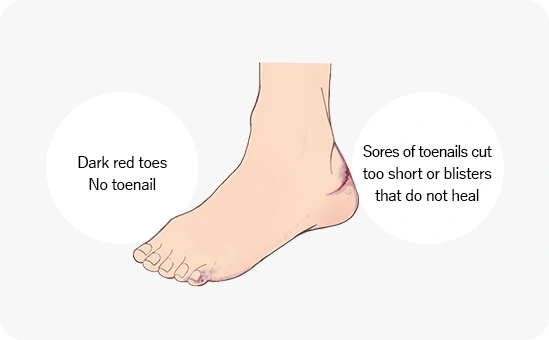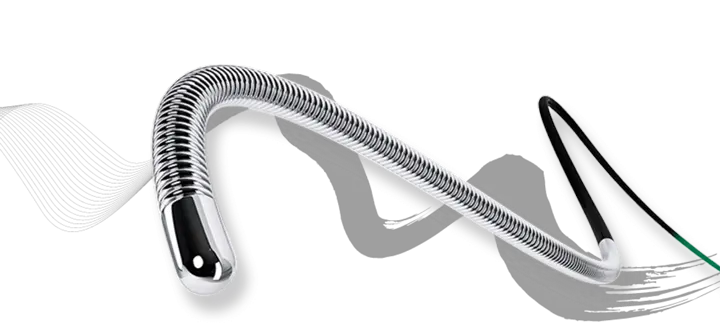Prevention of lower extremity arterial disease
Healthcare
About This Information:
This English version is a translation of content originally created based on medical information used in Japan. Accordingly, the data and treatment approaches presented reflect the situation in Japan and may differ from those in other countries or regions.
Supervised by: Dr. Shigeru Nakamura (Vice President and Director, Cardiovascular Center, Kyoto Katsura Hospital)
Prevention of lower extremity arterial disease – Tips for preventing worsening of the disease
Improve lifestyle habits
As mentioned on the page about treatment, arteriosclerosis progression can be slowed with lifestyle changes. Try to quit smoking, exercise regularly, and eat a balanced diet.

Thoroughly treat underlying diseases
Many patients with lower extremity arterial disease have other diseases, including diabetes, high blood pressure, and high cholesterol. Controlling these diseases is important to prevent PAD from worsening.
Continue drug therapy
Long-term treatments should not be stopped without first consulting your doctor.

Early treatment measures slow the progression of lower extremity arterial disease and prevent it from becoming severe.
Symptoms of intermittent claudication or other concerning symptoms, including sores of toenails cut too short or blisters do not easily heal or dark red toes, may be a sign of a decreased blood flow. If you experience any of these symptoms, visit the cardiology, vascular surgery, or dermatology department.
A word from the supervising doctor
How to tell if you have lower extremity arterial disease.
With the rapid onset of symptoms such as sudden pain or pallor in the leg, you will notice something is wrong.
However, if you experience a cramp or pain in your calf when walking and this resolves when you stop walking (intermittent claudication), you may ignore it and continue your walk.
When a sore on your foot (such as that caused by a toenail cut too short) does not easily heal, you may be tempted to give it some time.
If you know someone with lower extremity vascular disease and are aware of its symptoms, you may suspect you have the same disease; otherwise, you probably will not even consider it.
With such symptoms, you may not bother to visit a hospital. If you do, which department should you visit?
If you are concerned, visit the cardiovascular medicine department. The doctor will examine you and, depending on the disease condition, will work with the dermatology, plastic surgery, vascular surgery, and orthopedics departments to make a diagnosis and treatment plan.
Although the examination may not discover lower extremity vascular disease, other diseases requiring treatment may be found, such as diabetes, renal disease, and high blood pressure.
People are designed to move around. If this function is affected, problems will arise. Treat or manage any conditions you can, and enjoy your life.





